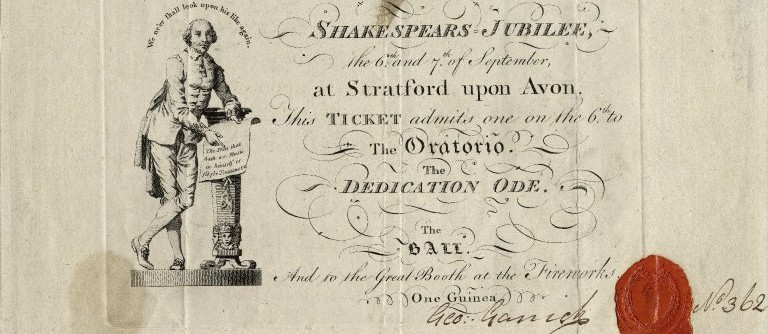Storybench
Digital storytelling in its many forms – including podcasts, online magazines, and interactive websites – provides Americans with increasingly popular ways to seek out news, commentary, and insights. Storybench, a project from the Media Innovation Program at Northeastern University, is dedicated to sharing and developing “the art and science of digital storytelling.” Designed for journalism professionals and students, web designers, and novice coders, Storybench explores the technological, journalistic, and aesthetic techniques of digital journalism through articles, interviews, and online tutorials. Recent Storybench features include a guide to using the data analysis and visualization tool RStudio; an interview with Matthew Jockers, who used RStudio in order to create the Syuzhet package, a unique program that produces “story shapes” to outline the plot of a novel; and an analysis of how to create long form writing that can be easily read on mobile devices. Tutorials available on this site include a variety of map-making techniques. Educators, meanwhile, will want to check out the For Educators tab, which features a variety of workshops and activities designed for the classroom. Interested readers can subscribe to receive email updates. [MMB]
The Collective Biographies of Women
A number of collective biographies, which each chronicled the lives of three or more women, were published in the United States and Britain between 1830 and 1940. Aimed at young women, these biographies featured famous women including Joan of Arc, Pocahontas, and Queen Elizabeth along with a number of lesser-known figures. In 2004, University of Virginia English scholar Alison Booth published How to Make It as a Woman: Collective Biographies from Victoria to the Present, analyzing how these “prosopographies” communicated correct moral conduct and, at times, challenged traditional views of femininity in ways that complicate our contemporary understanding of Victorian gender roles. Since 2003, Booth has also collaborated with UVA Libraries and the UVA Department of English to digitize these collective biographies. Visitors can search or browse for a specific biography, check out Featured Subjects, where the biographies of women are grouped with contemporary sources, or explore links to archives and interpretive essays. One highlight of the website is the interactive Pop Chart, which allows users to explore popular biography subjects across time. This chart reveals, for example, that while early biographies focus on religious figures, queens, and revolutionary women, later biographies favor explorations of women in art, literature, and science. [MMB]
Z-Axis Mapping Tool
From the Canadian-based Modernist Versions Project, an initiative that promotes the analysis of literature through the development of new digital tools, comes Z-Axis, a mapping tool that enhances the critical study of setting in London-based novels. This innovative tool allows visitors to map out named locations, creating a three dimensional image that highlights frequently discussed sites. Visitors can explore maps created by the team, including Virginia Woolf’s Mrs. Dalloway, E.M. Forster’s Howard’s Endl and Joseph Conrad’s The Secret Agent. Alternatively, visitors can upload their own .txt files to generate new maps. In addition to the tool itself, readers will find two critical essays that utilize Z-Axis to analyze other works of modernist literature. Meanwhile, educators will want to check out the two lesson plans featured on the site. One facilitates exploration of Mrs. Dalloway; the other allows students to explore H.G. Well’s The War of the Worlds, Sir Arthur Conan Doyle’s Sherlock Holmes series, and Virginia Woolf’s Street Hunting: a London Adventure. [MMB]
Ensia
Published by the Institute on the Environment at the University of Minnesota and authored by science journalists, researchers, and educators across the country, Ensia is an independent, nonprofit magazine that reports on a wide variety of environmental issues and debates. Founded in 2008 as a print magazine (and formerly titled Momentum), Ensia, which stands for Environmental Solutions In Action, expanded in 2013 to include an extensive online component. Here, visitors can peruse a variety of articles, editorials, infographics, multimedia, and interviews. Readers can search for content by Category (e.g. Health, Business, Ecosystems, Technology) or by Section (including Articles, Videos, and Voices – or editorial). Recent articles include a report about ongoing research to identify why some types of soil seem to protect plants from parasites – and the potential environmental benefits about such research; an editorial by the Director of the California Academy of Sciences that argues that the “urban agricultural” movement has environmental drawbacks; and a feature story about Madagascar’s ongoing efforts to rid the country of poisonous toads. [MMB]
The Fine Books Blog
Fine Books & Collections is a quarterly magazine dedicated to rare books and other publications, including maps and ephemera. On the magazine’s blog, which is updated almost daily, visitors can learn about new developments in the world of historical books and check out interviews and book reviews. Recent posts include news about the sale of a rare proof of Sylvia Plath’s first poetry collection (accompanied by publisher comments); an interview with David McConochie, who illustrated The Folio Book of Ghost Stories; and information about the long awaited publication of Beatrix Potter’s overlooked manuscript Kitty-in Boots. Visitors can browse archived posts by subject, including Bright Young Librarians (a series of interviews with up-and-coming library professionals), Current Events and Trends, and In the News. [MMB]
